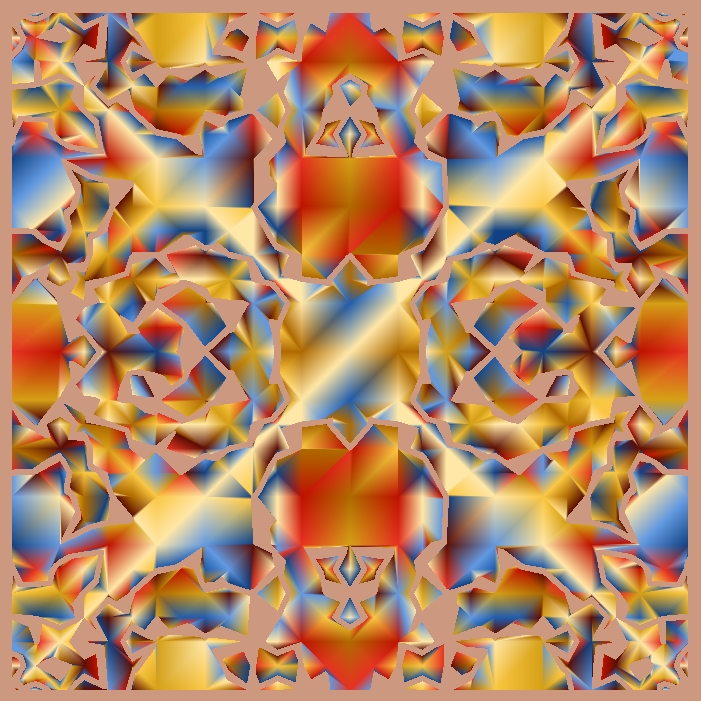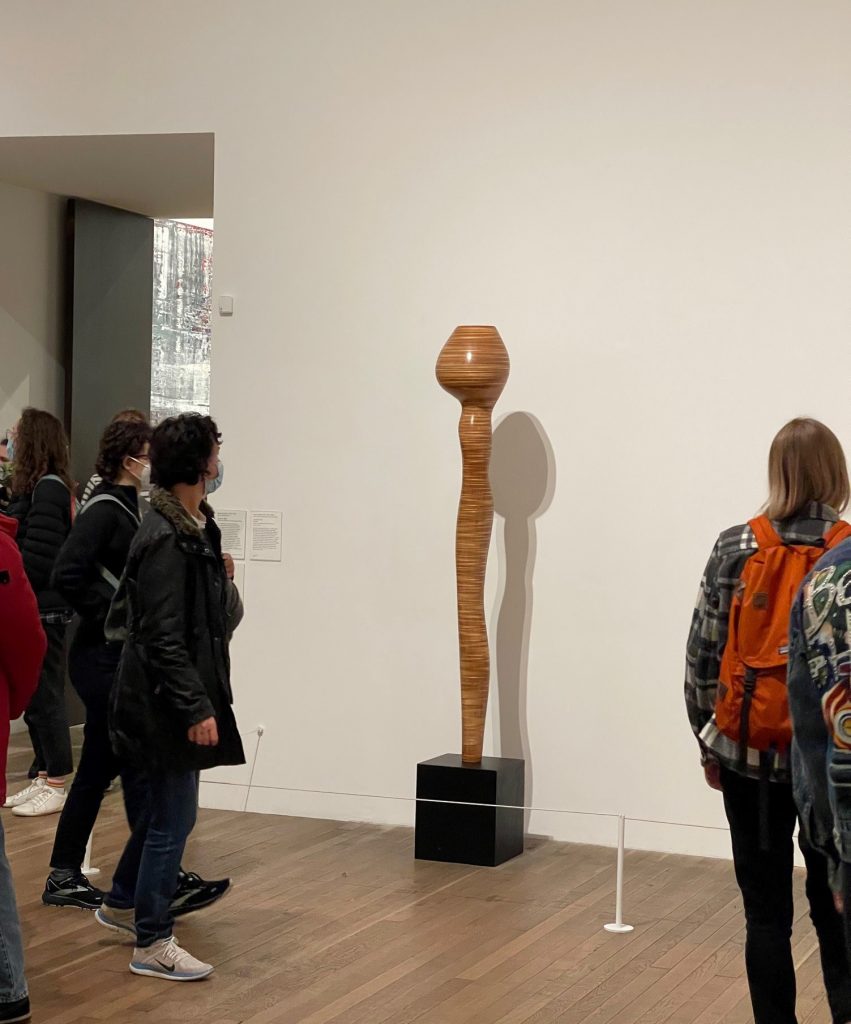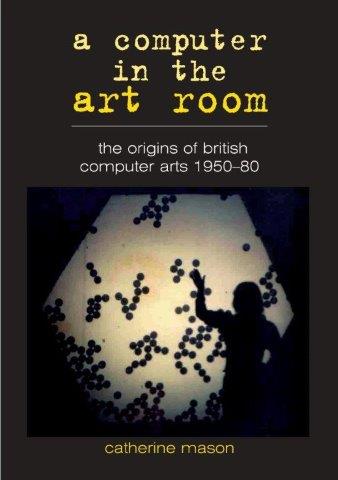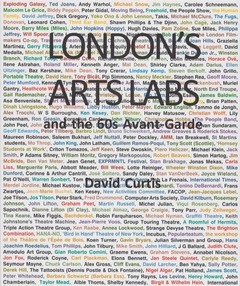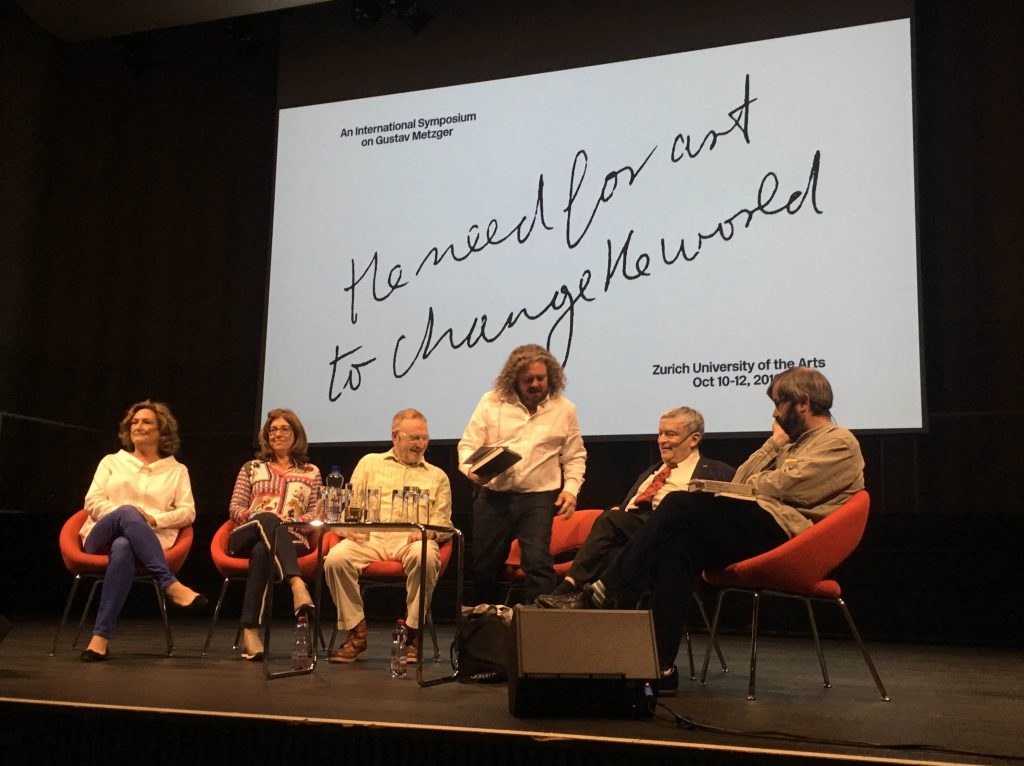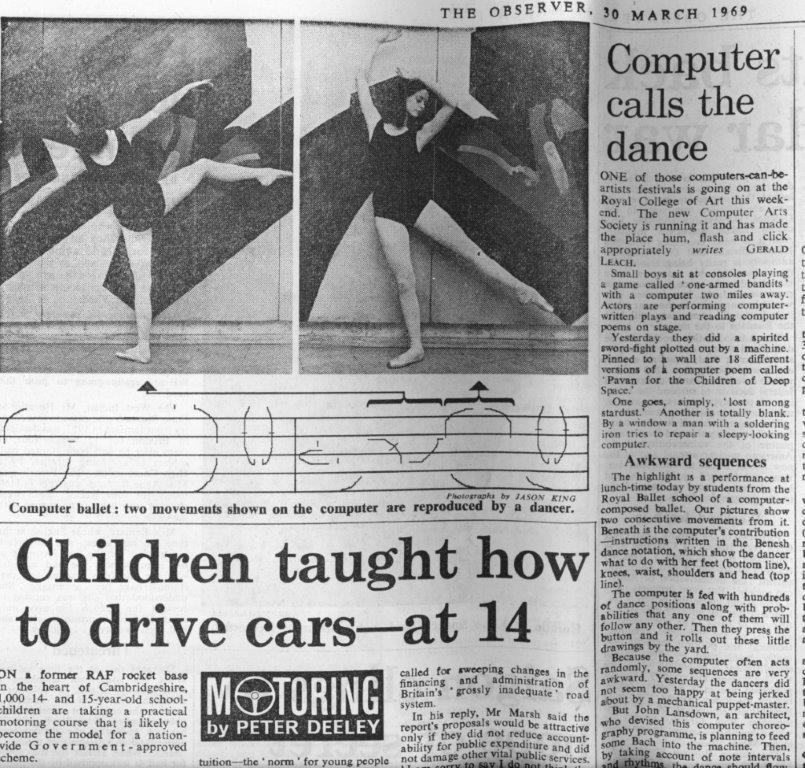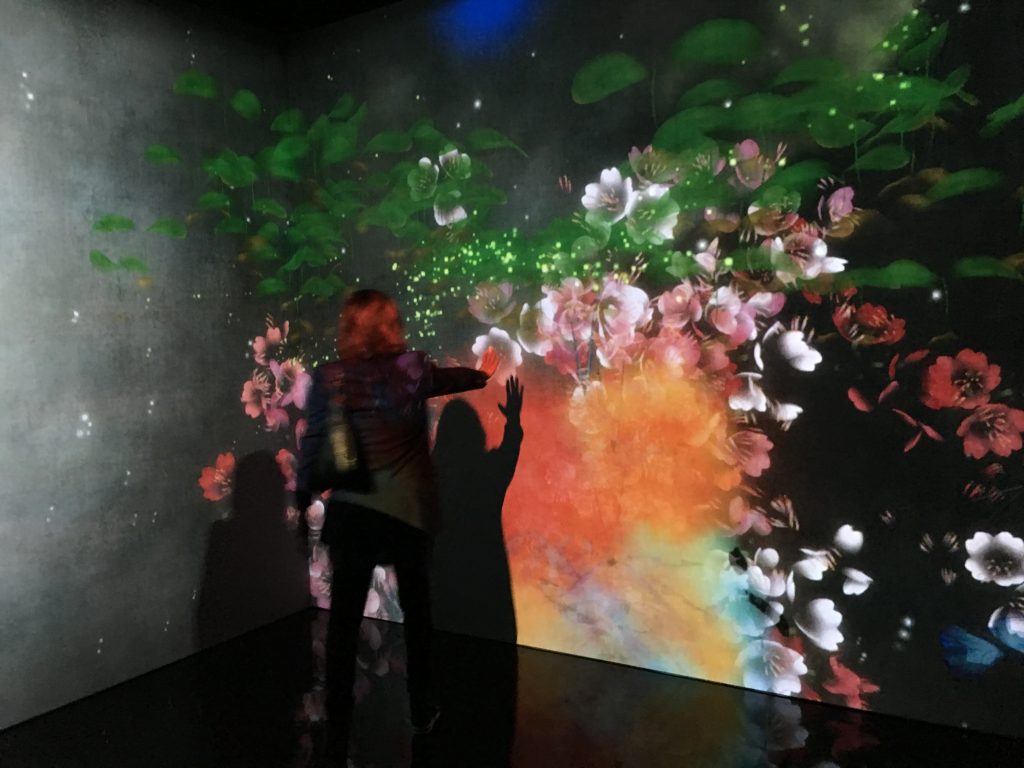It’s been 13 years since A Computer in the Art Room was published. My original intention was to provide a highly-illustrated, accessible introduction to a subject that was, in 2008, little explored and to give voice to the very many pioneering artists and practitioners who made work in the 1960s and 70s in Britain. For many, this was the first time they had told their stories. Sadly, a number of these individuals are no longer with us, which now makes me grateful that I was able to record their contributions in the way that I did, placing their work within a wider art historical context. Today an increasing number of scholars are working in this field and there have been many more contributions to this history; this book still contains valuable information about the early days. It’s now available as an ebook for an affordable price – see SHOP tab above. Also available on Apple Bookstore – search the title. OR CLICK HERE


